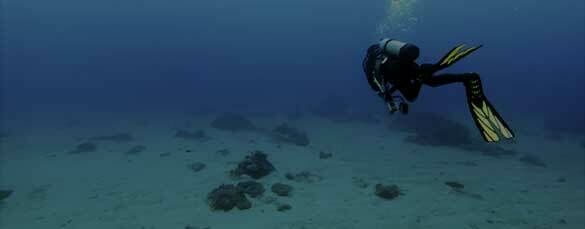Revascularisation
Including coronary artery bypass surgery and percutaneous intervention
[Reviewed 4 December 2022]
Following coronary revascularisation some patients have no clinical or objective evidence of myocardial ischaemia. Unfortunately, symptoms recur in some patients soon after revascularisation and over a period time the percentage of patients with recurrent symptoms increases.
Individuals who have had myocardial revascularisation may be permitted to resume diving by the UKSDMC if they satisfy the following criteria:
1. They were an established diver prior to their coronary revascularisation.
2. They have no cardiac symptoms when off all cardiac medication (although lipid lowering drugs and antiplatelet agents are permitted).
3. They can perform satisfactorily a treadmill exercise test, achieving a good workload (for age, sex and build), with a normal heart rate and blood pressure response without evidence of ischaemia on a 12 lead ECG. They will usually be expected to achieve at least 9 minutes (3 stages) of the Bruce protocol (or equivalent).
4. There is little residual myocardial dysfunction (particularly a preserved left ventricular ejection fraction).
5. If they have had open heart surgery, they should not have experienced significant lung damage or neurological injury as a result of the surgery.
6. They will not be permitted to dive with novice divers in future, but must dive with experienced companions who can render assistance if required.
7. Fitness to dive will be reviewed annually irrespective of the diver’s age, but should symptoms recur between medical examinations, the diver must cease diving until reviewed.



